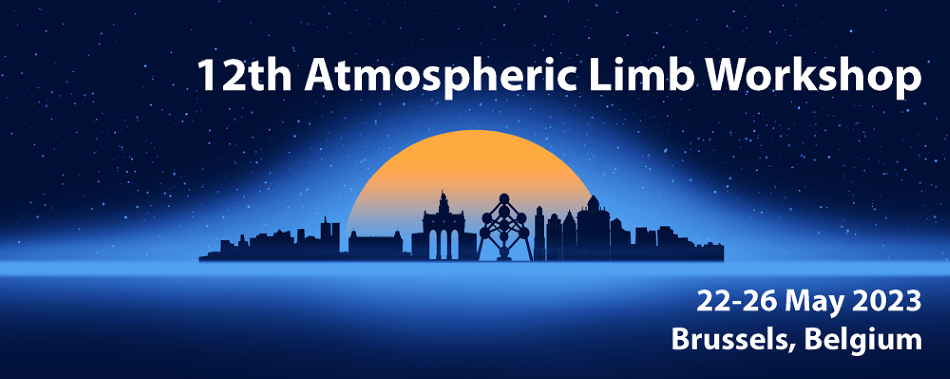Speaker
Description
Both satellite observations and model simulations have shown ozone recovery since late 1990s. It is less certain for ozone in the mid-latitude lower stratosphere, where merged satellite observations suggest small decreases for 2000-2020, while Chemistry Climate Models (CCMs) suggest small increases (WMO, 2022). The differences could result from uncertainties in merged satellite data sets and/or deficiencies in CCMs. For example sampling biases in merged satellite data sets and how well CCMs simulate the impact of greenhouse gases (GHGs) and ozone-depleting substances (ODS) on Brewer-Dobson Circulation (BDC). We will update GOZCARDS ozone data record by including the latest SAGE III/ISS v5.30 and OMPS LP v2.6 data, and correcting sampling biases for sparsely sampled satellite measurements. This can provide more robust ozone trends with smaller uncertainties and extend GOZCARDS ozone data record when Aura mission is ended. Simulations from GMI (Global Modeling Initiative) CTM (Chemical Transport Model) and GEOS-5 general circulation model in replay mode will be used to further investigate the differences between observations and CCMs, and to attribute observed ozone trends in the mid-latitude lower stratosphere. Both the GMI CTM and GOES-5 in replay mode are driven by MERRA-2 meteorology, which can provide more realistic dynamics and inter-annual variability compared to CCMs.

